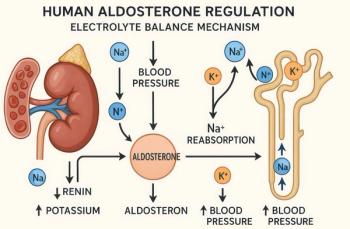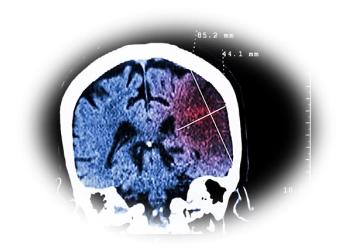
Progression of Atrial Fibrillation: 3 Questions
Paroxysmal atrial fibrillation is a first and only dx for some patients; for others it is just the beginning. What do you know about AF progression?
Evidence is accumulating that associates significant morbidity and mortality with the progression from paroxysmal atrial fibrillation (AF) to persistent or long-term AF. How does the shift take place? What are the risk factors? What percentage of patients progress from intermittent episodes to permanent arrhythmia? Choose from multiple answers to 3 questions like these, below.
1. Atrial fibrillation begets atrial fibrillation.A. True
B. False
Answer: A. True
Prolonged atrial fibrillation (AF) often results in the recurrence and maintenance of the arrhythmia. As episodes of paroxysmal AF increase, it becomes more permanent and more refractory to therapy. The mechanisms of these changes are complex and include both electrical and structural remodeling of the atria. As time spent in AF increases, atrial function deteriorates, which makes rhythm and rate control more difficult and so propagates the cycle. Therefore, prompt restoration of sinus rhythm should be a priority when treating patients with paroxysmal AF as prolonged AF can become more challenging to treat.1
2. Which of the following are risk factors for progression of AF from paroxysmal to permanent or persistent?
A. Age
B. Left atrial enlargement
C. Cardiomyopathy with reduced ejection fraction
D. All of the above
E. None of the above
Answer: D. All of the above.
A
3. What is the rate of progression of AF from paroxysmal to permanent/persistent at one year in the general population?
A. 0% to 10%
B. 10% to 20%
C. 20% to 30%
D. 30% to 40%
E. 40% to 50%
Answer: B. 10% to 20%
A meta-analysis published in
References:
Proietti R, Hadjis A, AlTurki A, et al.
Newsletter
Enhance your clinical practice with the Patient Care newsletter, offering the latest evidence-based guidelines, diagnostic insights, and treatment strategies for primary care physicians.



















































































































































































































































































